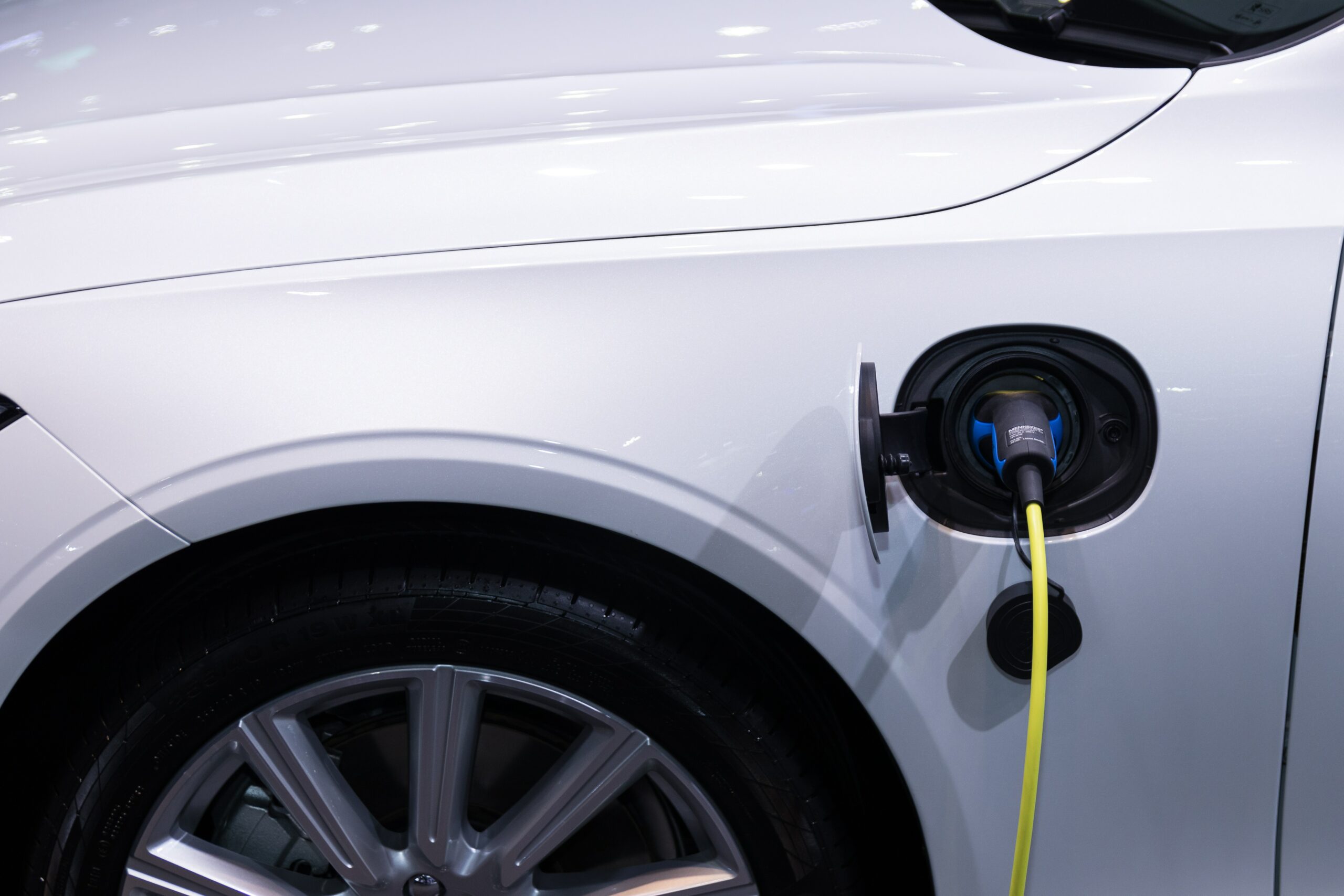
The Proliferation of Electric Vehicles
Over the past year, global electric vehicle (EV) sales have climbed dramatically, to reach a total of over four million vehicles sold in the first half of 2022. As of Q2 2022, EV sales accounted for nearly 6% of total automotive sales< a figure that is only expected to increase as innovation continues and more cost-efficient options hit the market. Amidst this growth in EV adoption, a variety of stakeholders — from EV drivers and manufacturers to commercial and multifamily property owners and operators — must consider the requirements and challenges associated with EV charging options. Multifamily property managers, in particular, have many unanswered questions concerning the deployment of EV charging solutions.
Because most passenger cars are parked 8-12 hours a night, at-home charging provided by property managers has the potential to be the most convenient and affordable experience for residents — one that could also create a new revenue stream for owners and operators. In light of this, many of our strategic investors and industry peers have been eager to explore the various options within the EV charging landscape, and in December 2021, we formed a working group dedicated to finding a long-term solution.
Developing an EV Charging Strategy
identifying what would constitute the ideal EV charging approach to address apartment operators’ and residents’ needs. Reducing total lifetime costs for both residents and owners in addition to improving the charging experience were among the group’s key priorities and considerations.
Ultimately, the group determined that dedicated overnight charging for each EV-driving resident — with supplemental shared fast charging for the property — was the ideal strategy for the multifamily industry. The rationale for this solution is intuitive, and can best be explained by following the trajectory of an amenity that many renters place a high level of importance on: laundry.
Washers and dryers were once a shared amenity (think of the local laundromat), but eventually they were moved to on-site laundry rooms and individual units. Tenants did not desire (or need) the “fastest” most high-end washer or dryer, they wanted low-cost convenience; EV charging is similar. Fast chargers (known as “Level 2” or “Level 3” chargers) exist in public spaces across every metropolitan region, most often servicing areas where drivers park between 15 minutes and a few hours. For parking that exceeds 2-3 hours, such as at apartment complexes, it is significantly more convenient for residents to have dedicated chargers (typically “Level 1” or “Level 1B” devices) that will be accessible whenever they want.
Compared with the alternative — outfitting a property with shared devices — this dedicated charging approach has numerous advantages: Unlike shared products that typically burden users with limited charger availability, peak charging rates, and idle fees for prolonged use, dedicated charging options provide increased accessibility, while also allowing users to dictate when charging activity occurs to leverage discounted rates during off-peak hours.
Understanding the advantages surrounding a strategy focused on dedicated chargers, we were able to focus further evaluation on Level 1 and Level 1B devices, whose installation costs are much lower than L2 chargers. Though these technologies won’t charge residents’ EVs quite as quickly — most dedicated devices deliver between 3-15 miles of charge per hour — they allow residents to keep their car plugged in all night long, providing sufficient charge for virtually every driver. (A small number of shared L2 chargers can also be used to support the rare instances in which residents need a more powerful charger.
With the strategy settled, the working group launched an RFP to identify the best charging solution. After assessing more than 20 platforms, the cohort collectively decided on driving RET’s latest investment
A Solution That Checks Every Box
Founded in 2018, Plugzio was created with the vision to “make charging simple” for property owners and operators. Its functionality allows owners and operators to centrally manage all of their chargers with custom charging plans and access rights for residents and non-residents.
The platform is configured to streamline EV charging regardless of property type or charger type — while Plugzio offers an ideal solution for dedicated overnight charging at multifamily properties, it also supports shared fast charging at commercial and retail deployments. Also significant for our many strategic investors, lifetime costs for Plugzio’s L1/1B chargers are 50-80% lower than other EV charging options; a Plugzio device costs less than $350 and can be installed/maintained by onsite staff without the need for a certified technician. This limits upfront and ongoing costs and increases flexibility — if EVs grow in market share faster than expected, property owners will be able to scale up the number of chargers at each property more quickly.
In just four years, Plugzio has established itself as one of the leading EV solutions for the multifamily space in the few years since its launch, with more than 1,000 units deployed throughout North America. We’re eager to begin this partnership with such a trusted and respected player in the EV charging market, and we look forward to working in tandem with them to promote and simplify the adoption of EV charging across multifamily properties nationwide.

